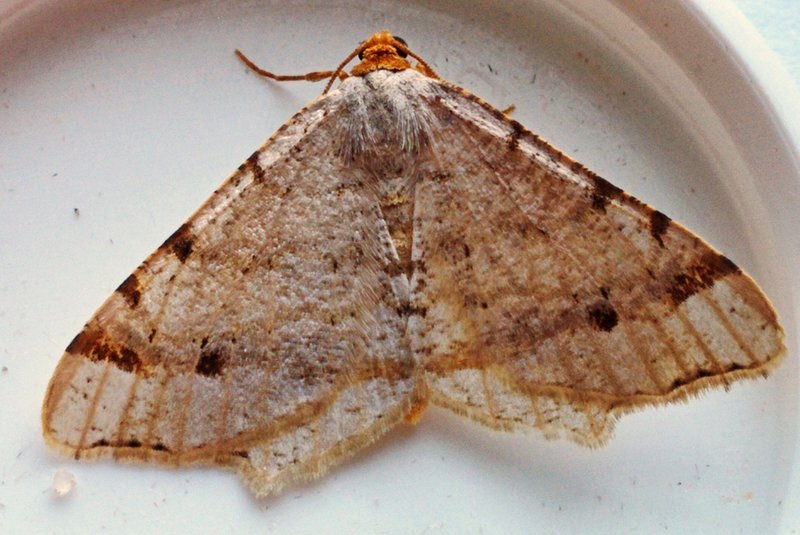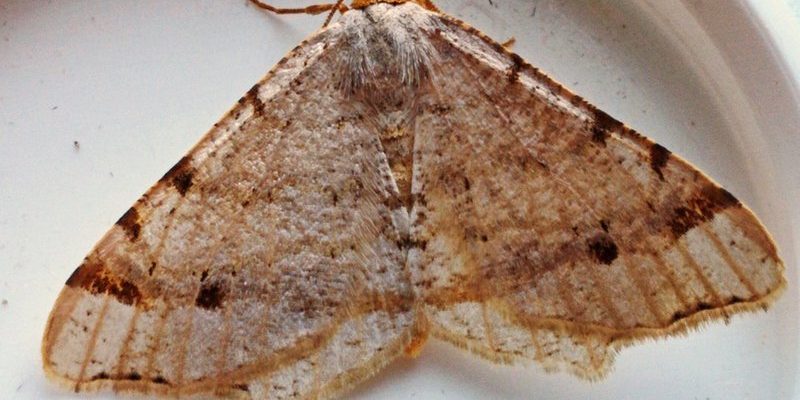
Inchworm moths, often recognized for their inching movement, are a fascinating part of our ecosystem. They come out at night, attracted to light much like how we are drawn to a warm fireplace on a cold evening. If you’ve ever wondered how to maximize your chances of seeing these critters, you’re in the right place. Whether you’re using standard patio lights or something a bit more high-tech, I’ll guide you through the ins and outs of attracting these delightful moths.
Understanding Inchworm Moths: A Brief Overview
Inchworm moths belong to the Geometridae family, which sounds fancy but simply means “measuring worms.” They get their name due to the way their larvae move—like they’re measuring the distance they travel! These little creatures can be found in various environments, but they are particularly drawn to light, especially during their mating season.
You might be wondering why insects like inchworm moths are even attracted to lights. Pictures this: for many nocturnal insects, bright lights mimic the moonlit skies, providing a sense of safety and navigation. Sadly, this attraction can lead them straight to outdoor lights, where they might get confused or trapped.
Inchworm moths are not just random visitors; they play a role in the ecosystem. Adults feed on nectar, while their larvae help with decomposing plant material. So, attracting them can benefit your garden and local wildlife.
Choosing the Right Outdoor Lights
If you want to attract inchworm moths, the kind of lights you use matters! Generally, your best bet is to go with warm-toned lights. Incandescent bulbs or LED fixtures with a yellow hue can help create the right ambiance.
Here’s a quick list of different light types and their effectiveness:
- Incandescent bulbs: These are warm, inviting, and great at attracting insects.
- LED lights: Look for warm white or yellow LEDs; they’re energy-efficient and moth-friendly.
- Fluorescent bulbs: These can be less effective, as they often emit cooler tones that don’t appeal to moths.
When setting up your lights, consider their placement too. Hanging lights or string lights strung up in trees can create a magical atmosphere while also providing a landing spot for inchworm moths.
Time of Year Matters
If you’re eager to see inchworm moths, timing is everything. These critters are more active in late spring and summer, especially during their mating season. If you want to get the most moths at your outdoor gathering, plan your light setup during these warmer months.
Remember, moths are also attracted to flowers during this time, so having some blooming plants nearby can increase your chances. Think about a lovely outdoor evening in late June with your lights twinkling and sweet-smelling flowers blooming. It’s the perfect recipe for a moth party!
Setting the Scene for Moths
You want to create an inviting atmosphere for inchworm moths, right? Here are some tips to help you roll out the red carpet for these fascinating insects:
1. Keep it Dark Elsewhere: Dim excess lighting, as too much can confuse moths. Let your outdoor lights shine but keep the surrounding area quiet.
2. Add Some Colorful Flowers: Bright blooms can pique the interest of inchworm moths and bring them closer to your light sources. Consider planting night-scented flowers like evening primrose or night-blooming jasmine.
3. Create a Cozy Spot: Set up your lights near a comfortable seating area where you can relax and enjoy the evening. The combination of cozy seating and twinkling lights can give you a front-row seat to nature’s show!
By focusing on these elements, you’ll have a better chance of attracting those elusive inchworm moths into your outdoor space.
Maintenance and Light Management
So you’ve set up your lights and created an inviting scene, but there’s more to it! Regular maintenance of your outdoor lighting can enhance your moth-catching success.
Here are a few helpful tips to keep in mind:
– Clean Your Lights: Dust and dirt can diminish the brightness and effectiveness of your lights. A quick wipe down can ensure maximum shine and attraction for moths.
– Adjust Brightness: If you have dimmable lights, try adjusting them to see what attracts moths best. Sometimes a softer glow can create a more inviting environment.
– Monitor the Insects: Pay attention to how many moths come to visit. If they seem sparse, try tweaking factors like light color or brightness. It might take a bit of trial and error, but that’s part of the fun!
By managing your lights well, you’ll make your backyard a haven for inchworm moths.
Common Issues and Troubleshooting
As with any outdoor activity, you might run into a few hiccups when trying to attract inchworm moths. Here are some common issues and how to deal with them:
1. Not Seeing Any Moths: If your lights aren’t attracting these insects, it might be the bulb type or placement. Experiment with different light colors or move your lights closer to flower beds.
2. Other Insects Invading: You might attract a variety of insects, not just inchworm moths. If you’re okay with some unwanted guests, that’s fine. But if you want to deter flying pests, consider using citronella or other natural deterrents.
3. Lights Not Functioning: If your outdoor lights suddenly stop working, it could be the batteries, a blown bulb, or a disconnect. Check your configuration or wiring and troubleshoot as necessary.
By keeping these potential challenges in mind, you can adjust your approach and still enjoy a visit from inchworm moths.
Attracting inchworm moths with outdoor lights is not just a fun challenge; it connects us with nature and enhances our outdoor experiences. By choosing the right lights, timing your setup, and creating an inviting atmosphere, you can enjoy the gentle flutter of moths on warm summer evenings.
Remember, patience is key. Not every night will yield a moth parade, but when you do succeed, it’s like a secret show that adds magic to your backyard. So, grab your favorite light setup, lean back, and let the inchworm moths dance in the glow. Enjoy the beauty of the night!

